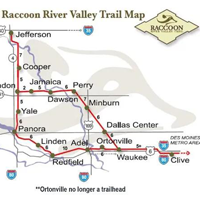DeSoto Sesquicentennial Anniversary – June 23 2018
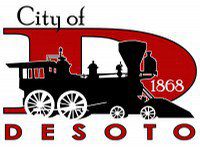 Originally published in the Discover Adel Newsletter, Vol. 116 June 2018.
Originally published in the Discover Adel Newsletter, Vol. 116 June 2018.
This month we are honored to share a brief history of DeSoto, drawn from the book, “The History of DeSoto: From Iron Horse to Horseless Carriage,” as we join our sister community in celebration of their Sesquicentennial Anniversary, June 23rd 2018!
In the late 1860’s when the railroad began connecting Iowa’s western and eastern borders, land was donated for the purpose of creating a small town along the line. Thomas Hemphill, J.J. VanMeter, and Hugo G. VanMeter donated the land that, according to legend, was named DeSoto in honor of a local Rock Island Railroad official.
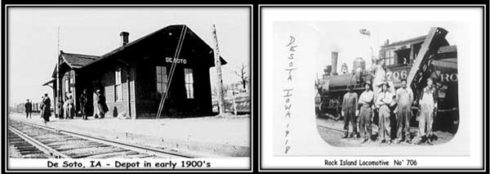
10 years later, the population had grown to 600 people. The town took great pride when they built a new two story brick building for the DeSoto Independent School. Shop owners offered essential supplies and luxuries to those working the rails, including dry goods, lumber and grain, stock and poultry dealers, furniture, jewelry, insurance, hotels, and more.
In the years to follow, DeSoto would rise from the ashes of several serious fires that affected the railroad, community businesses, and homes across town. Each time, the community would rally together. As transportation progressed and highway projects began, the landscape of DeSoto changed with the times.
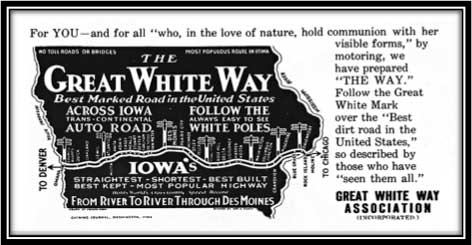 In 1910, DeSoto became part of the White Pole Road, also known as “The Great White Way: Best Marked Road in the United States”.
In 1910, DeSoto became part of the White Pole Road, also known as “The Great White Way: Best Marked Road in the United States”.
Touted as “Iowa’s straightest, shortest, best built, best kept, most popular highway from river to river through Des Moines,” the White Pole Auto Club maintained the stretch of road that can still be followed today as it enters DeSoto from the east on Spruce Street and then west on Willow.
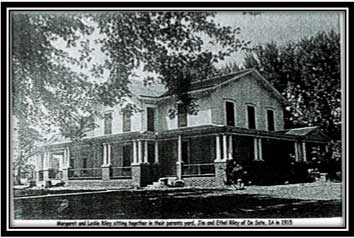 As the Depression set hold, the people of DeSoto were known for their generosity of spirit, sharing whatever they could with those less fortunate as they rolled through town.
As the Depression set hold, the people of DeSoto were known for their generosity of spirit, sharing whatever they could with those less fortunate as they rolled through town.
With only a handful of businesses remaining, most residents worked on farms, at a soybean plant in Redfield, or helped pave Highway 169.
In 1940, DeSoto elected Beatrice Bootsto become their first female mayor; she served for two years.
When Highway 169 was paved in 1951, a wave of prosperity lead to business development along the highway as well as city water. Over the next 10 years, as highways continued to change the landscape of small town Iowa. The school was always highly regarded for its excellent education and sports programs. Effective August 20th, 1966 DeSoto consolidated with Adel, continuing a rich tradition of educational excellence.
Over the next 50 years, the population of DeSoto would continue to ebb and flow as businesses opened and closed, new housing developments were built, and improvements were made to the town’s infrastructure.

Today, DeSoto is home to a family-friendly community of 1,065 people, with a strong economic base. New businesses, both locally-owned and franchised, are being drawn by the easy access to major interstates and highways, offering needed services to a growing residential community.
 DeSoto is home to AHeinz57 Pet Rescue, a local organization with ties across Iowa, Ambro’s Roadhouse, a new restaurant and bar, The Vic Shop, an independent, Victory Motorcycle enthusiast shop that draws customers from around the country, the recently built Tractor Supply Co., and many more.
DeSoto is home to AHeinz57 Pet Rescue, a local organization with ties across Iowa, Ambro’s Roadhouse, a new restaurant and bar, The Vic Shop, an independent, Victory Motorcycle enthusiast shop that draws customers from around the country, the recently built Tractor Supply Co., and many more.
As our neighbors and members of the Adel DeSoto Minburn school district, the DiscoverAdel.comcommunity sends their congratulations and well wishes to those who have taken part in DeSoto’s vibrant history and prosperous future.
DeSoto, Iowa
Website: DeSoto-Ia.org
Facebook: City-of-De-Soto


